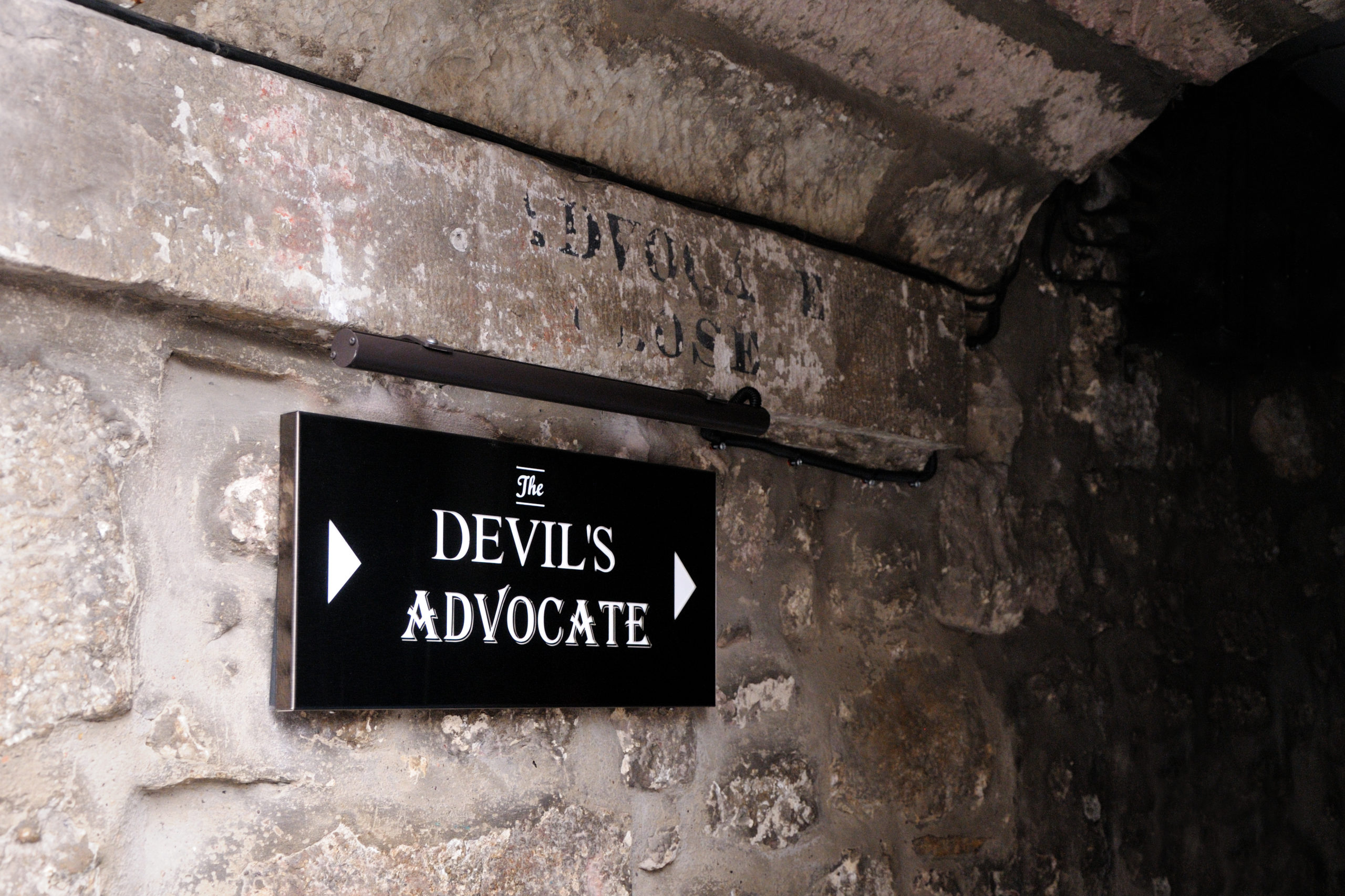Have you ever been in a team environment, whether social or professional, where one member is always bringing up the “other side”? From a point of view, the likelihood of mistakes and pitfalls, or someone who asks the difficult questions can all be called the “other side.” the one who questions is known as the Devil’s advocate. According to the dictionary definition, the devil’s advocate is a person who is the one in an argument to pretend that he/she is against some idea so that a deeper reflection happens on the same. When anyone expresses a different point of view, it allows people to learn about the situation from different perspectives, to reflect more critically on their own beliefs, and to be inspired to seek ideas they may not have thought of before.
The way the alternative viewpoint is expressed and received by the other team members is crucial. The diverging viewpoint isn’t seen as a disagreement if the devil’s advocate will present his or her rival views in a carefully formulated manner.
Read Other Articles
How To Improve Your Software Development And Testing Environment?
A Quick Glance Into Data Processing
The Best Forum Software For Creating An Online Community In 2021
Devil’s Advocacy: Tips On How to Be Good at It?
Devil’s advocacy is no easy task. One has to be very careful about the words or actions they use, as they can be easily misinterpreted. However, certain tips and tricks on how to be a good devil’s advocate in the context of decision-making can be helpful.
1. The devil’s advocate is often viewed as pessimistic, but a strong devil’s advocate constructively poses tough questions. Even if the person is expressing contrasting or alternative viewpoints, the presentation should encourage rather than obstruct the thinking process.
2. It’s possible that by expressing your own concerns, you’ll inspire others to do the same.
If one begins sentences with a reassuring tone such as “I am okay with you disagreeing to this”, it looks polite and makes the room for other ideas to come in.
3. Having an established method for applying the devil’s advocate to initiatives for organizations – is it at the outset or halfway into the process? It’s crucial to stop bringing in a devil’s advocate at critical decision-making moments. This could lead to project termination or stalling, as the other members of the team are likely to have their own ideas on the project’s outcomes and are unwilling to alter their minds at that stage.
4. During a rest, console someone angry. During the conference, apologizing or wondering how they are might make them feel even worse. In this situation, the frustrated individual can become completely closed off to new ideas.
In the decision-making process, the role of the devil’s advocate is to contribute to new ideas, not break up the team. Therefore the devil’s advocate must be sensitive with his approach towards decision making. You must have the right kind of devil’s advocate by your side.




